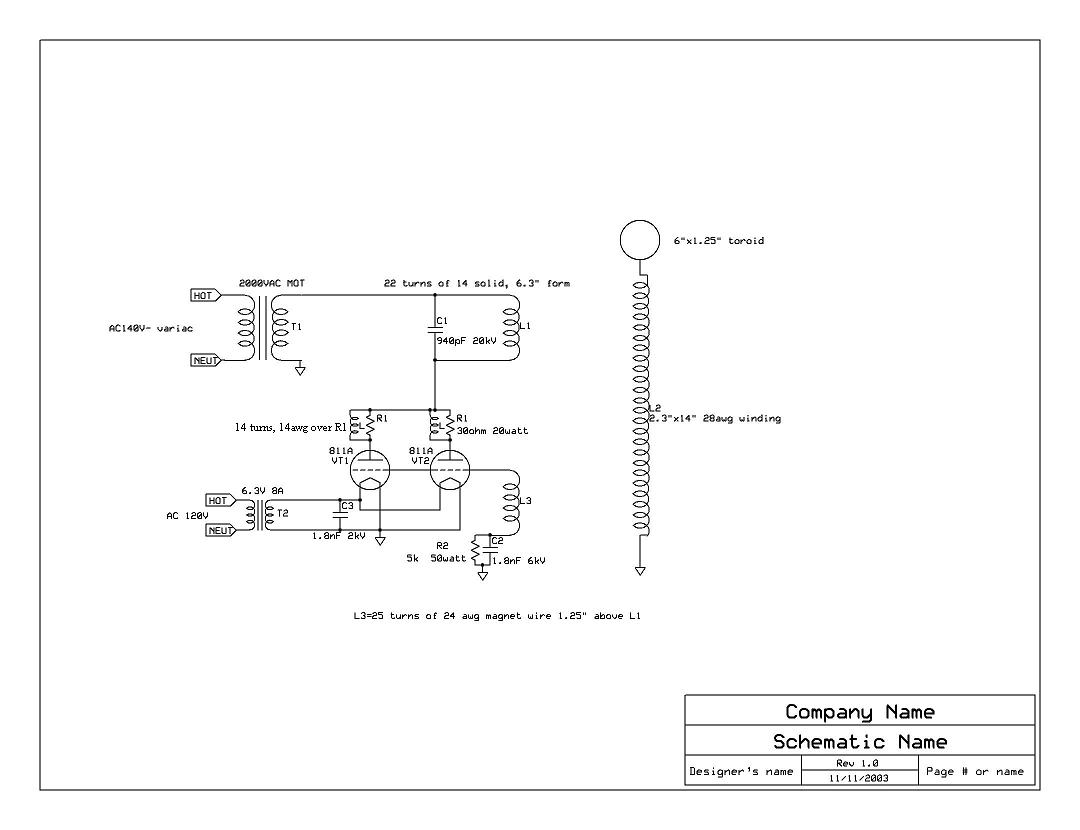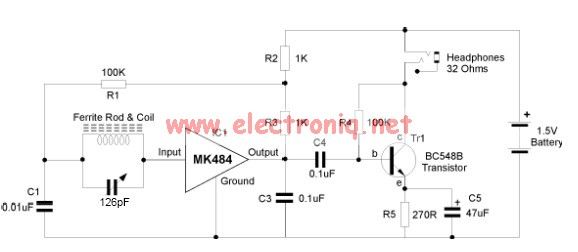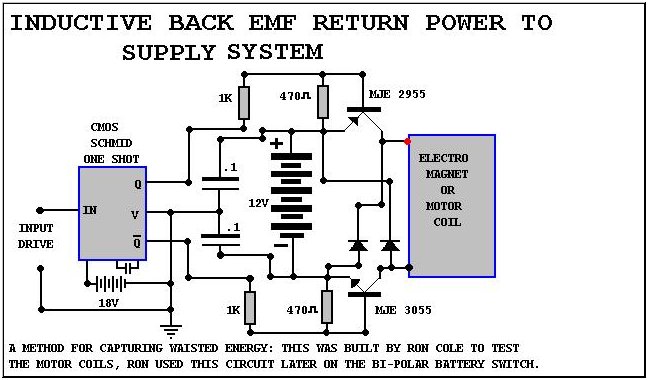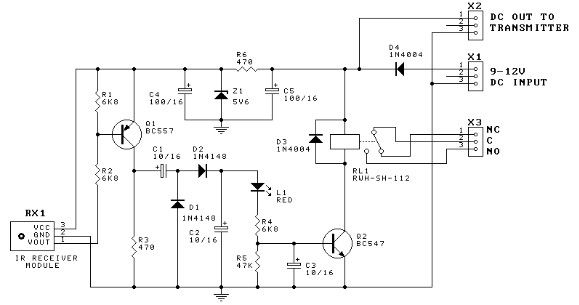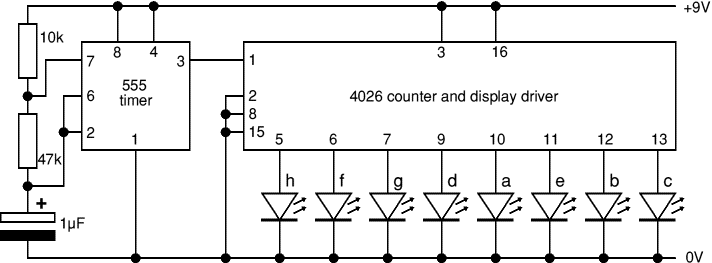
Tesla Coil Project

To create a full-scale Tesla Coil that produces at least 6 inches of sparks, also referred to as "artificial lightning." Current Status: The project was successful, with a complete full-scale, full power test conducted on Friday, July 15, 2011.
The design of a Tesla Coil involves several key components and principles of operation. A Tesla Coil is a resonant transformer circuit that generates high-voltage, low-current, high-frequency alternating current (AC) electricity. The primary components include a power supply, primary coil, secondary coil, and a spark gap or solid-state switch.
The power supply is typically a transformer that steps up the voltage from a standard outlet to a higher voltage suitable for the primary coil. The primary coil, usually consisting of a few turns of heavy gauge wire, is connected to the power supply and forms the input to the system. The secondary coil, which has many more turns of finer wire, is positioned above the primary coil and is responsible for generating the high voltage.
The spark gap serves as a switch that allows the current to build up in the primary coil until it reaches a critical point, at which it discharges across the gap, creating a resonant oscillation between the primary and secondary coils. This oscillation leads to the transfer of energy from the primary to the secondary coil, resulting in a significant voltage increase.
In a successful Tesla Coil, the energy transfer is carefully tuned to maximize the output voltage, which can produce impressive electrical discharges, often seen as arcs or sparks emanating from the top terminal of the secondary coil. The design must also consider safety measures due to the high voltages involved, including adequate insulation and grounding practices to protect users and equipment.
The successful full-scale test indicates that the Tesla Coil was able to achieve the desired output of at least 6 inches of sparks, demonstrating effective design and construction techniques. Further optimization may involve experimenting with different coil geometries, tuning methods, and spark gap configurations to enhance performance and reliability.To create a full scale Tesla Coil with that produces at least 6in sparks aka ""artificial lightning"". Current Status: Project was a success, with a complete full scale, full power test on Friday, July 15, 2011!
Me and My Tesla Coil: Tesla Coils and.. 🔗 External reference
The design of a Tesla Coil involves several key components and principles of operation. A Tesla Coil is a resonant transformer circuit that generates high-voltage, low-current, high-frequency alternating current (AC) electricity. The primary components include a power supply, primary coil, secondary coil, and a spark gap or solid-state switch.
The power supply is typically a transformer that steps up the voltage from a standard outlet to a higher voltage suitable for the primary coil. The primary coil, usually consisting of a few turns of heavy gauge wire, is connected to the power supply and forms the input to the system. The secondary coil, which has many more turns of finer wire, is positioned above the primary coil and is responsible for generating the high voltage.
The spark gap serves as a switch that allows the current to build up in the primary coil until it reaches a critical point, at which it discharges across the gap, creating a resonant oscillation between the primary and secondary coils. This oscillation leads to the transfer of energy from the primary to the secondary coil, resulting in a significant voltage increase.
In a successful Tesla Coil, the energy transfer is carefully tuned to maximize the output voltage, which can produce impressive electrical discharges, often seen as arcs or sparks emanating from the top terminal of the secondary coil. The design must also consider safety measures due to the high voltages involved, including adequate insulation and grounding practices to protect users and equipment.
The successful full-scale test indicates that the Tesla Coil was able to achieve the desired output of at least 6 inches of sparks, demonstrating effective design and construction techniques. Further optimization may involve experimenting with different coil geometries, tuning methods, and spark gap configurations to enhance performance and reliability.To create a full scale Tesla Coil with that produces at least 6in sparks aka ""artificial lightning"". Current Status: Project was a success, with a complete full scale, full power test on Friday, July 15, 2011!
Me and My Tesla Coil: Tesla Coils and.. 🔗 External reference
